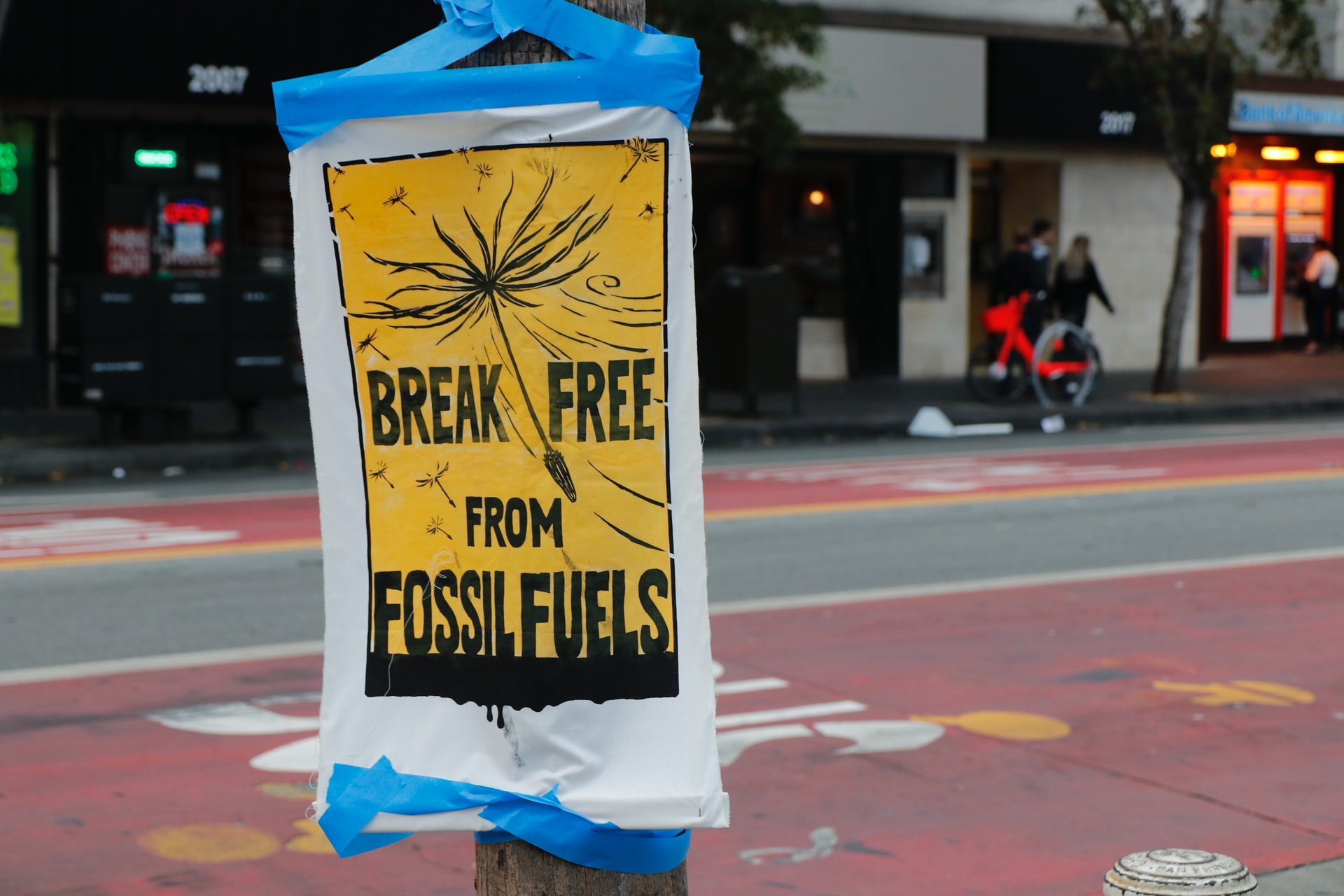Every day, all of us consume energy and create carbon emissions. Driving, flying, and even heating or cooling buildings all cause carbon emissions. There has been increasing focus in recent years on technologies that will help reduce our carbon footprint and there has also been increased social attention to this very real threat to the health of our planet.
While some people are aware that carbon emissions are the result of driving or flying, many people are not aware that all of their energy use results in carbon emissions. There are few truly clean energy sources on Earth at this time, and even wind-generated power is not 100% carbon emission free.
If you have been wondering what you can do to offset your carbon footprint, you are asking the right questions to solve the problems that all of us are facing today. Read on to learn more about the ways that you can offset your carbon footprint and help save the planet.
What is a Carbon Footprint?
A carbon footprint is the amount of greenhouse gases (which include methane and carbon dioxide) that are generated by our actions that we take every day. The average carbon footprint of a person in the developed countries on Earth each year is 16 tons! The global average is much lower at 4 tons.
This is a concerning figure, and there needs to be work done to reduce our carbon footprint in developed countries before we damage the Earth to the point where there is no saving it. The key to creating a change in the carbon footprint that you are generating every day is to make many small changes that will all add up to a big difference for all of us!
If you want to know how you can help to offset your carbon footprint, you have to start out by finding out just how big it really is.
How to Calculate Carbon Emissions
The first step to offsetting your carbon footprint, is to figure out what your carbon footprint is right now. There are many great calculators out there that you can use for this. These calculators will look at the number of people in your home, your annual income and a few other factors. The resulting number will be the estimate of your carbon footprint for a year.
If the number that you get when you run this calculator is upsetting, that would fit with the normal results for many people at the start of their inquiries into ways to offset their carbon footprint. While it is probably not possible to reduce your carbon footprint to zero with the current technologies available to us, you can make some changes that will reduce your overall carb footprint dramatically.
These changes are easier than you think, and taking advantage of many of them in your daily life can help dramatically to improve your carbon footprint.
How to Offset Your Carbon Footprint
Now you are probably wondering how you are going to offset the number that you just calculated. It can feel daunting when you see such a large number and have no idea how to help reduce it! Thankfully, there are some great ways to help offset your carbon footprint and start working to make the Earth healthy again.
The first and most effective way that you can offset your carbon footprint is to fund projects that remove CO2. These initiatives are excellent ways to offset the portion of your carbon footprint that you will never be able to totally erase.
The projects that these companies work on, will provide real data that you can track to see how you are improving your impact on the health of the planet. Receiving tips and tricks for ways to further reduce your carbon footprint is a big plus that is offered by many of these entities, and you can actually see how your monthly data is being tracked to help you determine how much you still need to change to get to a carbon footprint number that you are happy with.
There is nothing more motivating than seeing that your efforts are helping to protect the planet and remove harmful factors from the environment one day at a time! There is nothing like the sense of accomplishment that comes with being a part of such a necessary and important process to the health of our planet.
What Kinds of Projects Will I be Making Possible?
When you support entities that are working to stop climate change, you are supporting a whole host of initiatives and other projects that all create a better and healthier Earth for us all. These projects may be located all over the world and they usually serve a single process that works as a part of a bigger whole.
Community Tree Planting
This initiative works to help subsistence farmers in locations like Uganda to plant trees that help clean the air. This initiative helps the people who are involved in the planting as they are paid to farm the trees and maintain the crop.
Tree planting is fraught with difficulty in some parts of developed countries due to competition for resources, farmland, and housing. In Uganda, the tree planting initiative is welcomed for a whole host of reasons that not only offset your carbon footprint, but also help those who are in need of food and income to live on.
Tree planting is one of the most effective ways to offset your carbon footprint and help make the world a better place and it is the mainstay of many initiatives intended to improve the environment for everyone on the planet.
Clean Cooking Fuels
One of the other projects that entities who are working to offset carbon emissions work on, are ways to transform waste into fuels that can be used for cooking and other purposes. Burning of wood products and fossil fuels is causing major damage to the earth’s ozone layer and harming many biomes the world over.
Smoke that travels through the Jetstream affects other countries as well, making the burning of fuel a problem that all of us must take seriously. Clean cooking initiatives work to develop and create ways to remove waste products and make them clean-burning sources of fuels.
Rainforest Protection
It is sometimes said that the rainforest serves as the lungs of the planet. The rainforest has been under threat for generations, with preservationists just managing to keep the rainforest alive and well despite the desires of others who wish to use its resources and cut it down.
Rainforest protection projects seek to prevent deforestation of the rainforest and to promote the health of the forest as a whole so that it can continue to keep our environment healthy and our air clean for years to come.
Protecting the rainforest is one of the best ways to offset your carbon footprint and the opportunities for scientific discovery and improvement in forest stewardship are an additional bonus that can be gained through your investment.
Regenerative Agroforestry
It is not a surprise to most people that farming is a major source of stress for our planet. Farming and deforestation work hand in hand in many ways to damage our environment and reduce our means to offset carbon footprints for companies and people who are not as invested in the health of the environment as the environmentally conscious among us.
To help solve this problem, there are initiatives and projects in place that work to practice responsible farming which includes the introduction of rotational grazing, proper crop management practices, and the use of natural means to balance the ecosystem through historic farming methodologies.
Agroforestry not only reduces your carbon footprint, it also creates better products and healthier farm animals. Being able to provide consumers with a healthier planet as well as healthier foods is a win-win that is possible if you support projects and entities that seek to offset our global carbon footprint on a daily basis.
Why is Wind and Solar Energy Not Carbon Neutral?
Many people believe that wind and solar power are two carbon neutral options that are not exploited enough. They believe incorrectly that if these two sources of power generation were used more frequently, we would reduce our carbon footprint globally in no time.
The trouble with this assumption is that there is no current technology which can operate without some carbon emissions. Wind turbines do not require fuel to run and generate power, but they harm fowl and bat populations and they can become damaged or catch fire.
In addition, wind turbines are not used to power homes and businesses directly, so their carbon free status is ruined when they are linked with the regular power grid and all of its carbon-emitting potential. The same can be said of solar energy. As soon as a naturally created power source is linked to the power grid that fuels our homes and out businesses, it becomes partially linked to the carbon footprint of those companies.
What Can I do to Reduce My Carbon Footprint in my Home?
You might be wondering what you can do to try and help reduce your carbon footprint inside your home. Now that you know that the power that you are receiving from the solar panels on your roof, or the wind turbines near your home are not emissions free, you are probably concerned that you are not doing enough to help with the carbon footprint of your country.
There are many things that you can do in your home and your daily routine that will reduce your carbon footprint, and when paired with projects that are working to save the planet, you will be making real inroads in the carbon emissions crisis!
- Drive Less: Drive to fewer places by choosing to walk when you don’t have far to go. Carpool to work or school, and consider taking public transit instead of driving your car. Car travel is one of the worst offenders for our carbon footprint problems.
- Fly Less: The less you fly, the less you pollute the sky. Planes are carbon emissions emitters that rank higher than nearly any other technology known to affect the carbon footprint around the world. The less you fly, the less you will harm the environment.
- Turn Out the Lights: If you are not going to be in a room for some time, or you can work in a space without the lights on, do so! Electricity use is linked with a huge carbon footprint around the world, and reducing the hours that you are using power for anything in your home will help immensely to reduce your carbon footprint.
- Buy a Hybrid of Electric Car: It’s no secret that cars are the biggest source of our emissions. As electric and hybrid cars are becoming more affordable, there really isn’t an excuse to forgo owning one to help reduce your emissions. Cars with lower emissions are often less expensive to maintain and will cost you less overall which is an added plus.
Reducing our Carbon Footprint is Up to All of Us
At the end of the day, a single person’s efforts will not make a big enough difference to prevent the coming environmental crisis. While you might be turning off the lights in your home and driving less, the other people in your community might not be doing anything to reduce their emissions.
Contributing to projects that offset your carbon footprint is the best way to make sure that you and the people around you are not creating more carbon than you are eliminating. Without initiatives and projects designed to create a better environment for us all, the environmental crisis would already be upon us.
If you want to create a better world for everyone and offset your carbon footprint, get started today! Click here to calculate your carbon footprint and find out how you can help to offset it and be part of the solution to the carbon emissions crisis.








